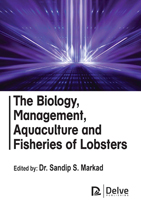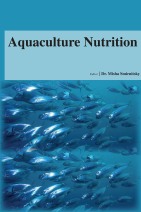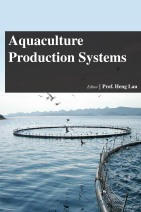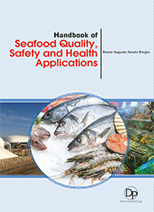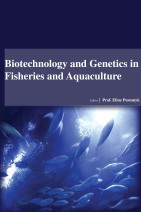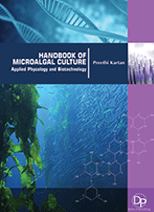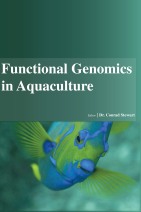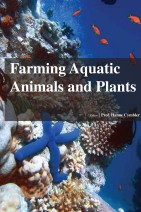Tab Article
Lobsters are valuable and in-demand crustaceans worldwide, but research on their biology and ecology is insufficient, particularly for various species. There are 260 lobster species classified under six families. The Indian lobster fishery is primarily focused on P. polyphagus. Lobsters have different growth patterns and inhabit various environments, from soft substrates to rocky crevices in coastal waters and continental slopes. Global lobster stocks are often overexploited, emphasizing the need for sustainable management. Lobster aquaculture is emerging, with farmers growing juvenile lobsters for marketable size and using marine cages and formulated feeds. Extensive research on different lobster species, including feed quality, disease management, and the impact of various factors, is crucial for both aquaculture and capture activities. There is considerable interest in managing precious lobster populations and conducting related research. The study of lobster biology has a long history, highlighting the interconnectedness of basic and practical research. The management of extensively fished lobster populations is not only a biological and economic issue but also a political one in many countries. For undergraduate and graduate students, as well as research scientists, this book serves as a valuable resource for understanding the fundamental elements of lobster aquaculture.

